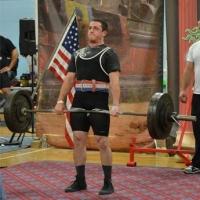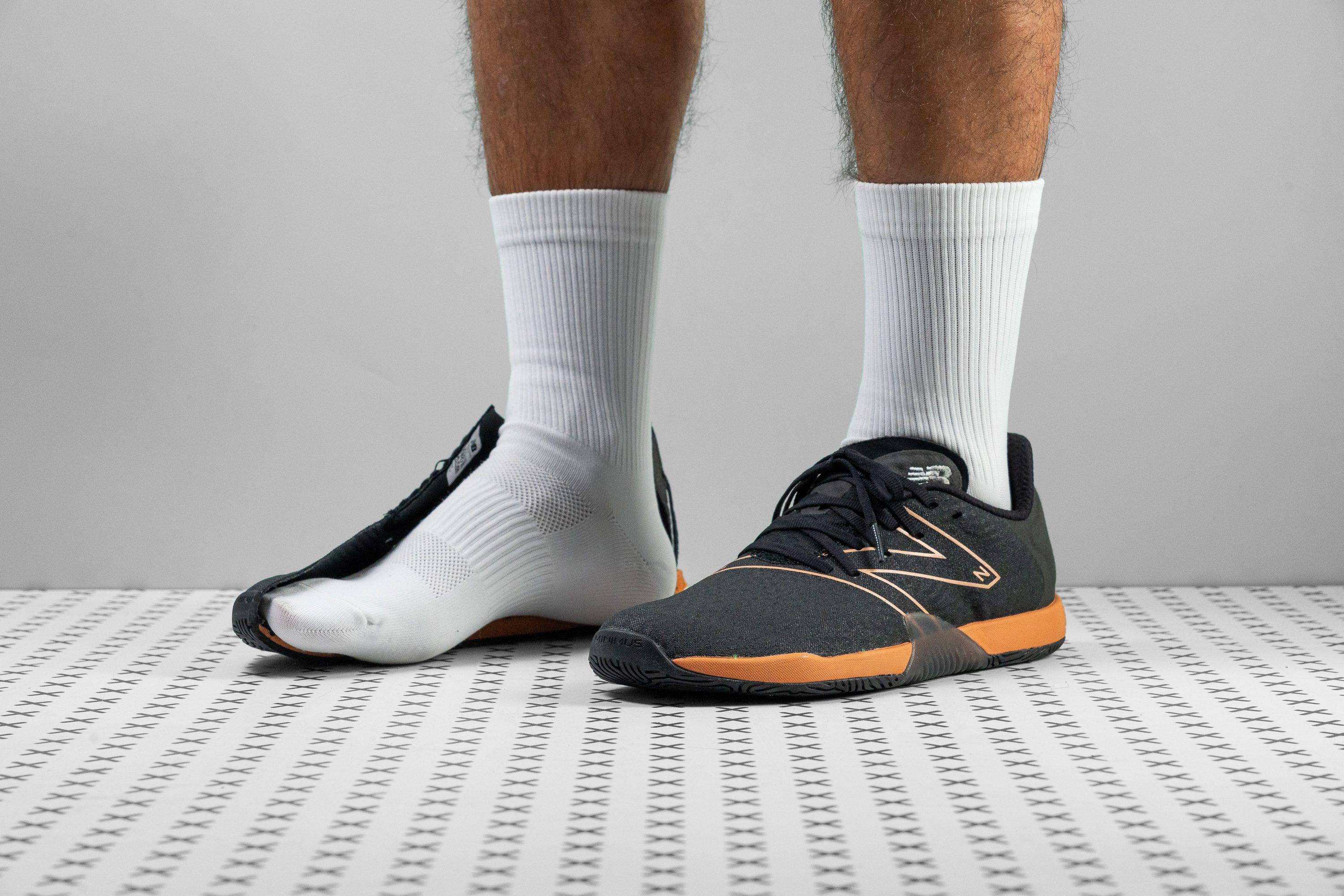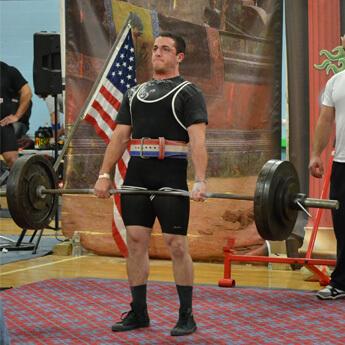Our verdict
- Top pick in best gym shoes (2024)
- Top pick in best workout shoes (2024)
Pros
- Feels really minimal and light
- Good for agility training
- Flexible materials
- Stable construction
- Reliably grippy
- Stylish
- Lasts long
Cons
- Poor ventilation
- Needs to be broken in
- For the gym only
Audience verdict
Comparison
The most similar training shoes compared
+ + Add a shoe | |||||
|---|---|---|---|---|---|
| Audience score | 79 Good! | 69 Bad! | 87 Great! | 96 Superb! | |
| Price | $130 | $120 | $130 | $129 | |
| Use | CrossfitWorkoutCross-trainingGymHIITJumping rope | WorkoutCross-trainingGymHIITJumping rope | CrossfitWorkoutCross-trainingGymHIITJumping rope | CrossfitWorkoutCross-trainingGymHIITJumping rope | |
| Drop lab | 3.1 mm | 2.2 mm | 4.8 mm | 3.7 mm | |
| Heel stack lab | 13.7 mm | 14.0 mm | 22.3 mm | 18.6 mm | |
| Forefoot | 10.6 mm | 11.8 mm | 17.5 mm | 14.9 mm | |
| Weight lab | 7.3 oz / 207g | 8.9 oz / 251g | 12.3 oz / 350g | 10.4 oz / 294g | |
| Lightweight | ✓ | ✓ | ✗ | ✓ | |
| Breathability | Warm | Breathable | Moderate | Warm | |
| Width / fit | Narrow | Narrow | Narrow | Narrow | |
| Toebox width | Narrow | Medium | Medium | - | |
| Size | Slightly small | Half size small | Slightly large | Slightly small | |
| Midsole softness | Balanced | Balanced | Balanced | Firm | |
| Stiffness | Flexible | Flexible | Moderate | Flexible | |
| Torsional rigidity | Flexible | Flexible | Stiff | Flexible | |
| Heel counter stiffness | Flexible | Flexible | Moderate | Flexible | |
| Toebox durability | Decent | Decent | Good | - | |
| Heel padding durability | Bad | Decent | Bad | - | |
| Outsole durability | Decent | Bad | Decent | - | |
| Midsole width - forefoot | Narrow | Average | Average | Very narrow | |
| Midsole width - heel | Very narrow | Narrow | Average | Very narrow | |
| Widths available | NormalWide | NormalWide | Normal | Normal | |
| Insole thickness | Average | Thin | Average | Average | |
| Outsole thickness | Average | Average | Average | Thick | |
| Outsole hardness | Soft | Average | Average | Average | |
| Heel tab | None | None | Finger loop | None | |
| Tongue: gusset type | None | None | None | None | |
| Tongue padding | Thin | Thin | Average | Thin | |
| Ranking | #43 Bottom 8% | #30 Bottom 3% | #12 Top 39% | #1 Top 4% | |
| Popularity | #25 Bottom 46% | #14 Top 46% | #19 Bottom 38% | #22 Bottom 29% |
Who should buy
After several lab tests and working out in this shoe, we believe that the Minimus TR from New Balance is going to be great for fitness enthusiasts who:
- work out mostly inside air-conditioned gyms
- prefer minimalist trainers that feel almost barefoot
- appreciate super lightweight shoes
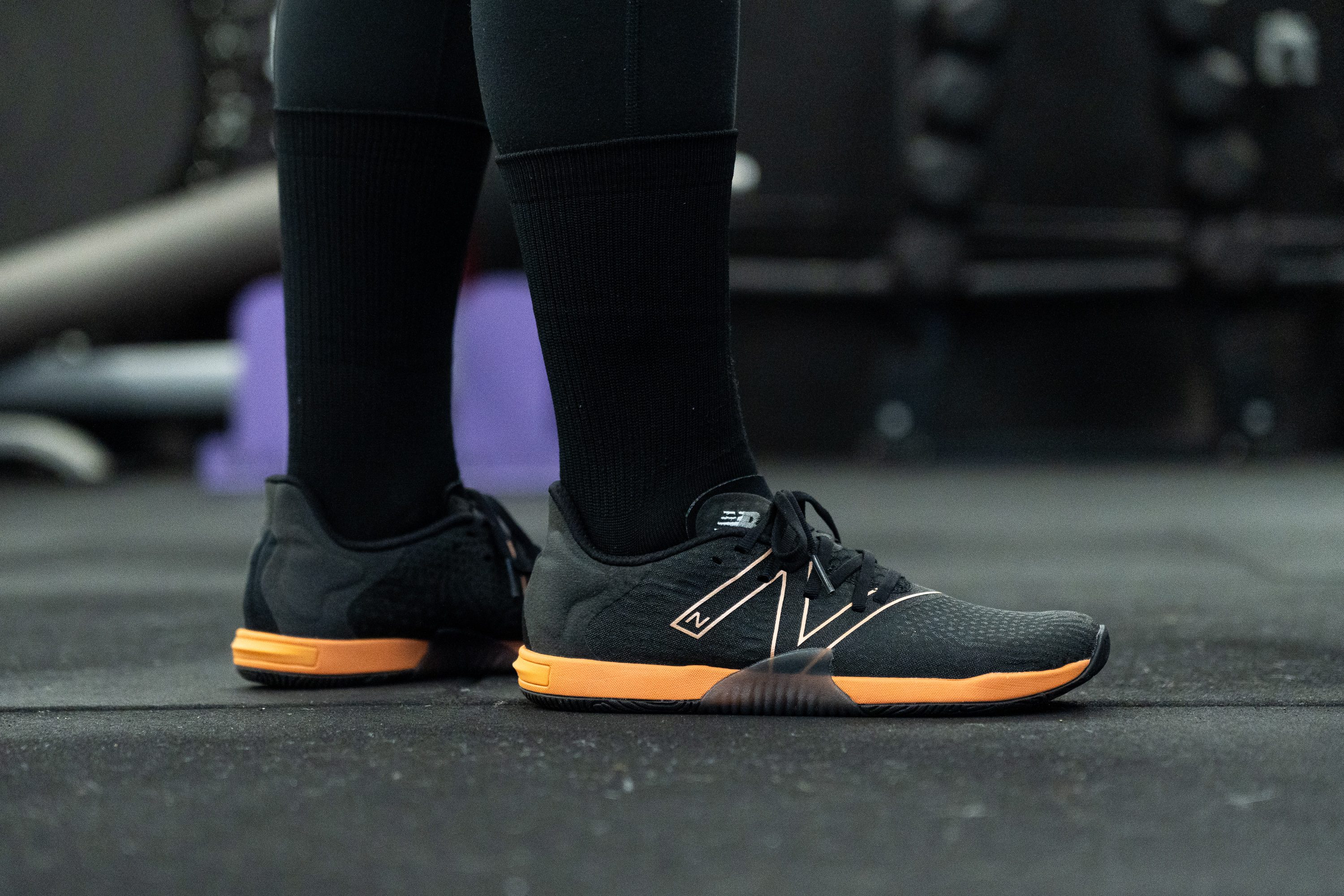
Who should NOT buy
Our measurements indicate that the Minimus TR from NB will not be too enticing for those who have wide feet. They can make size adjustments, get the wide option, or just go for the more accommodating Free Metcon 5 from Nike. This Nike shoe also offers a lot of breathability.
Like many New Balance trainers, the Minimus TR is also not expected to please those who want a versatile shoe that they can also use outdoors. These people can just go for shoes like the Reebok Nano X2 TR Adventure, which we enjoyed using both indoors and outdoors.
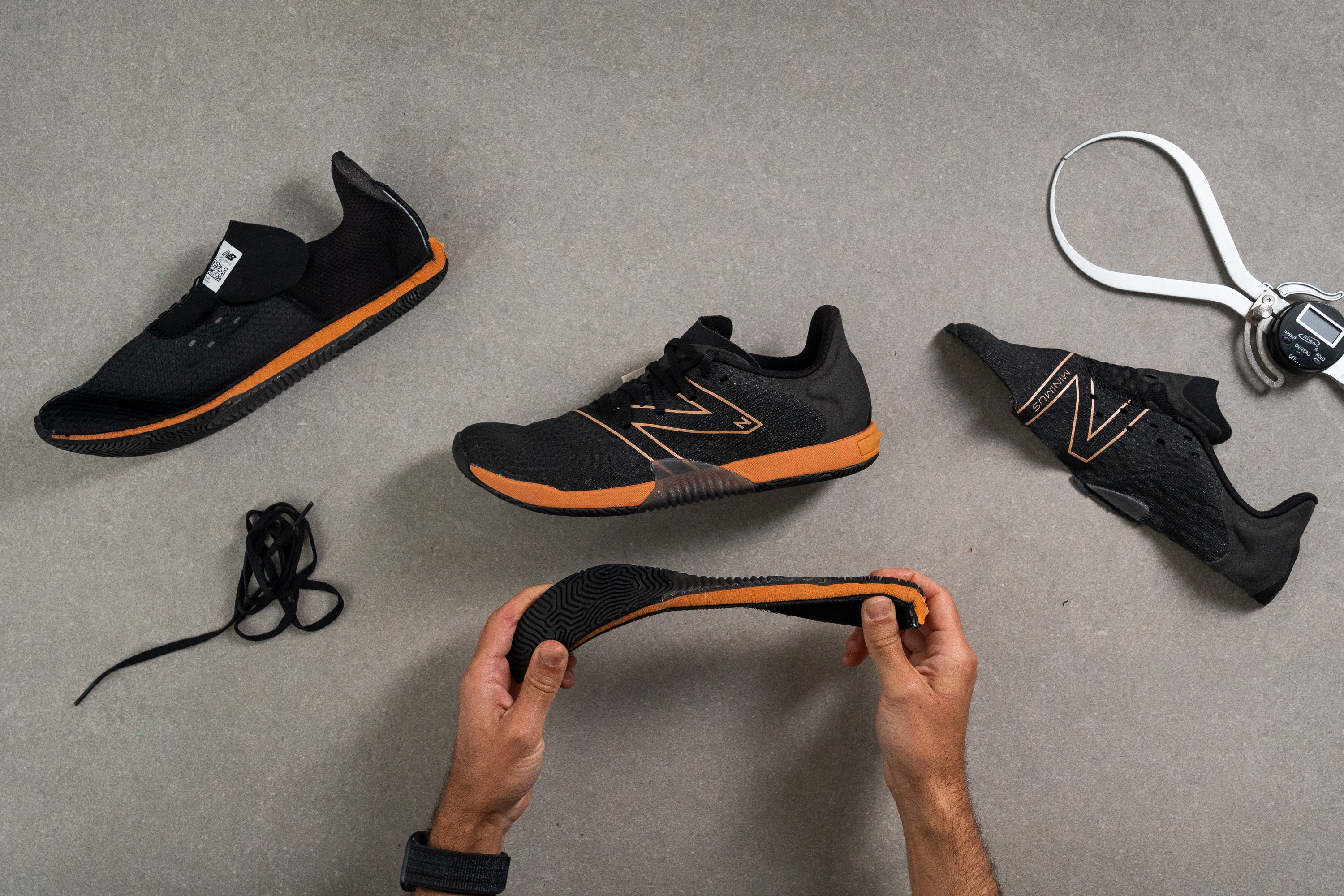
Also, fitness enthusiasts who love to run long distances before their gym workouts may want to replace this trainer with actual running shoes.
Cushioning
Heel stack
Upon wearing it, we immediately noticed that the Minimus TR is on the flatter, more minimal side. Not a lot of New Balance trainers that we tried are like it.
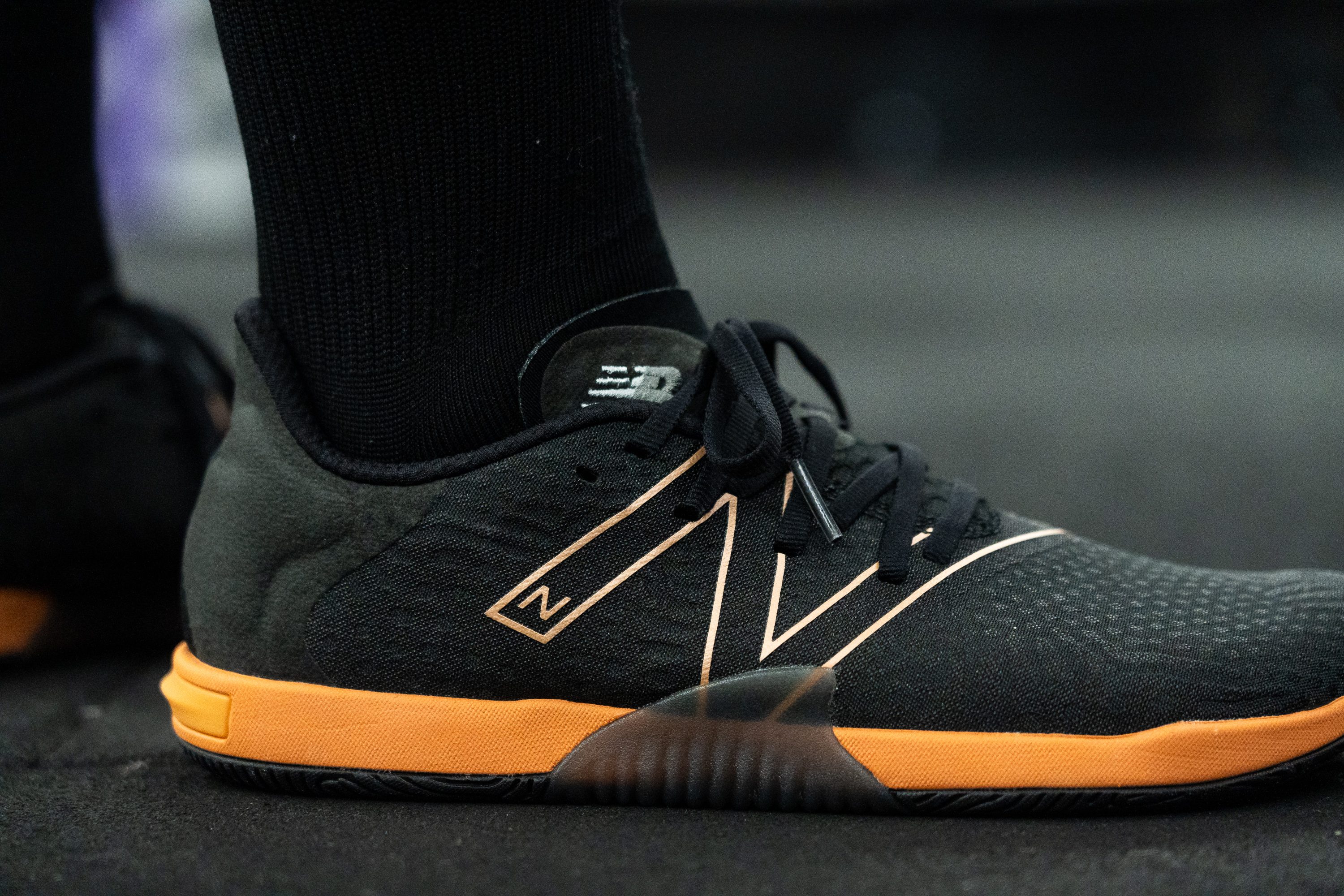
True enough, when we measured its thickness using a caliper in the lab, we saw that it's only 13.7 mm thick. This number is 43% thinner than average!
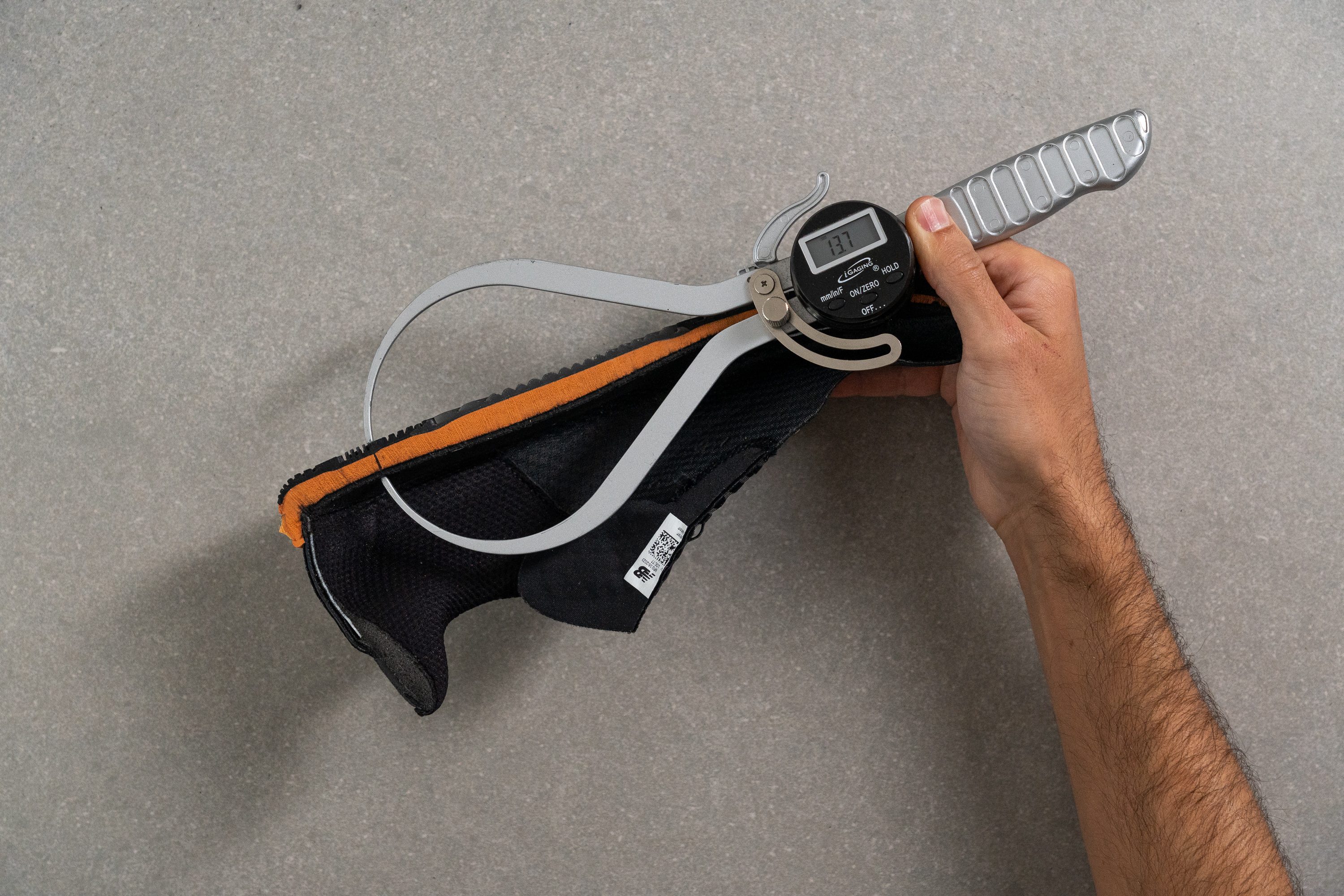
| Minimus TR | 13.7 mm |
| Average | 24.8 mm |
Forefoot stack
Just like the heel area, the forefoot also slashed off a lot of its thickness. Our caliper measurements revealed that this part of the shoe is 41% thinner than average.
Because both the forefoot and heel are thinner, we got a lot of ground feel and we were able to attain high levels of stability on even surfaces. Agility exercises such as high-energy agility ladders were a bit easier to do in our experience.
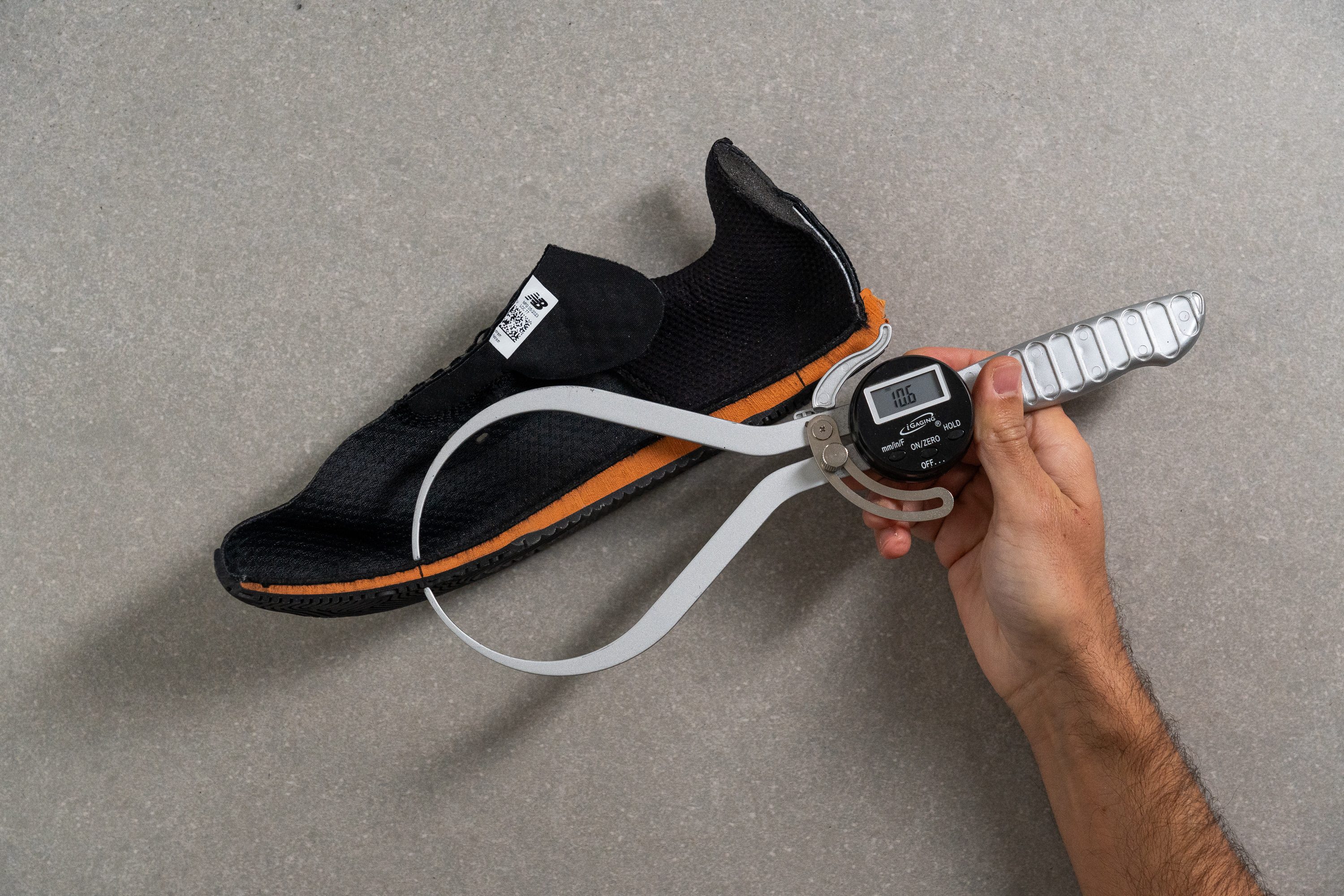
| Minimus TR | 10.6 mm |
| Average | 18.4 mm |
Drop
The drop is 51% lower than the usual. This resulted in a flatter feel, which made it easier for us to plant our feet securely whenever we needed to.
Its flatness also makes it a good starting point for those gym rats who want to transition to minimal trainers.
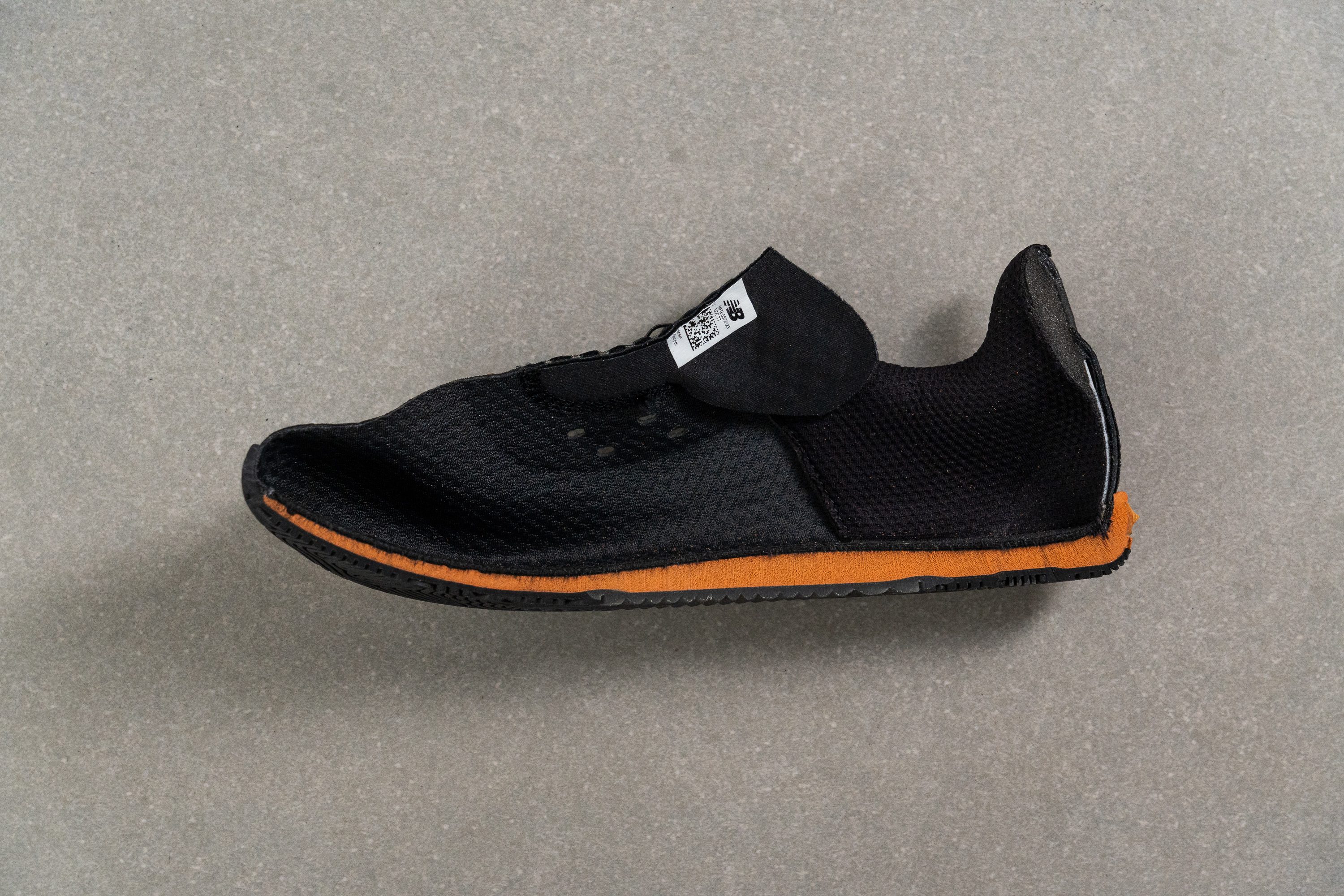
| Minimus TR | 3.1 mm |
| Average | 6.4 mm |
Midsole softness
Even if it's thin, the midsole did not fall short when it comes to providing impact protection for us. IT feels just like the Nike Zoom Metcon Turbo 2 in this regard.
True enough, when we pressed the HA durometer on it, we found it to be significantly softer than average with a rating of 22.9 HA.
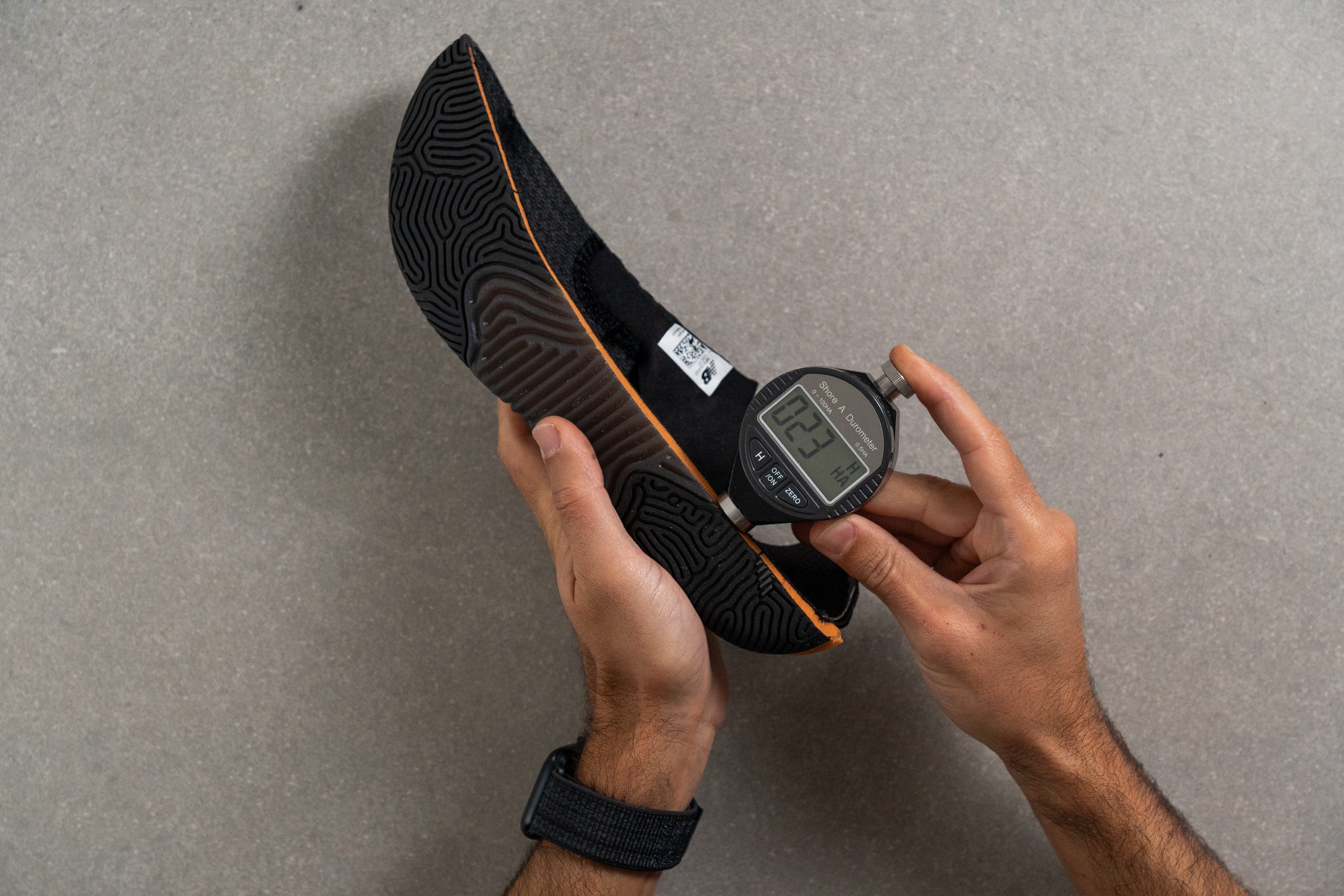
| Minimus TR | 22.9 HA |
| Average | 27.8 HA |
Size and fit
Size
New Balance Minimus TR fits slightly small (10 votes).
Width / Fit
Right off the bat, we could already say that this NB trainer is not for wide feet. The structure of the toebox just didn't look as wide as we would have wanted.
True enough, our caliper measured the widest part of the toebox to be only 94.2 mm, which is significantly lower than average.

This shoe follows methodology 1.7. It has been replaced with methodology 1.8 (the 'gel test') on more recently updated shoes. Results from the two methodologies cannot be directly compared, which is why you don't see recently tested shoes in the chart below.
| Minimus TR | 94.2 mm |
| Average | 100.4 mm |
Toebox width
That the Minimus TR does not taper as much as other shoes toward the big toe is its redeeming factor. It is 77.2 mm wide at the big toe, and it does not deviate much from the average.
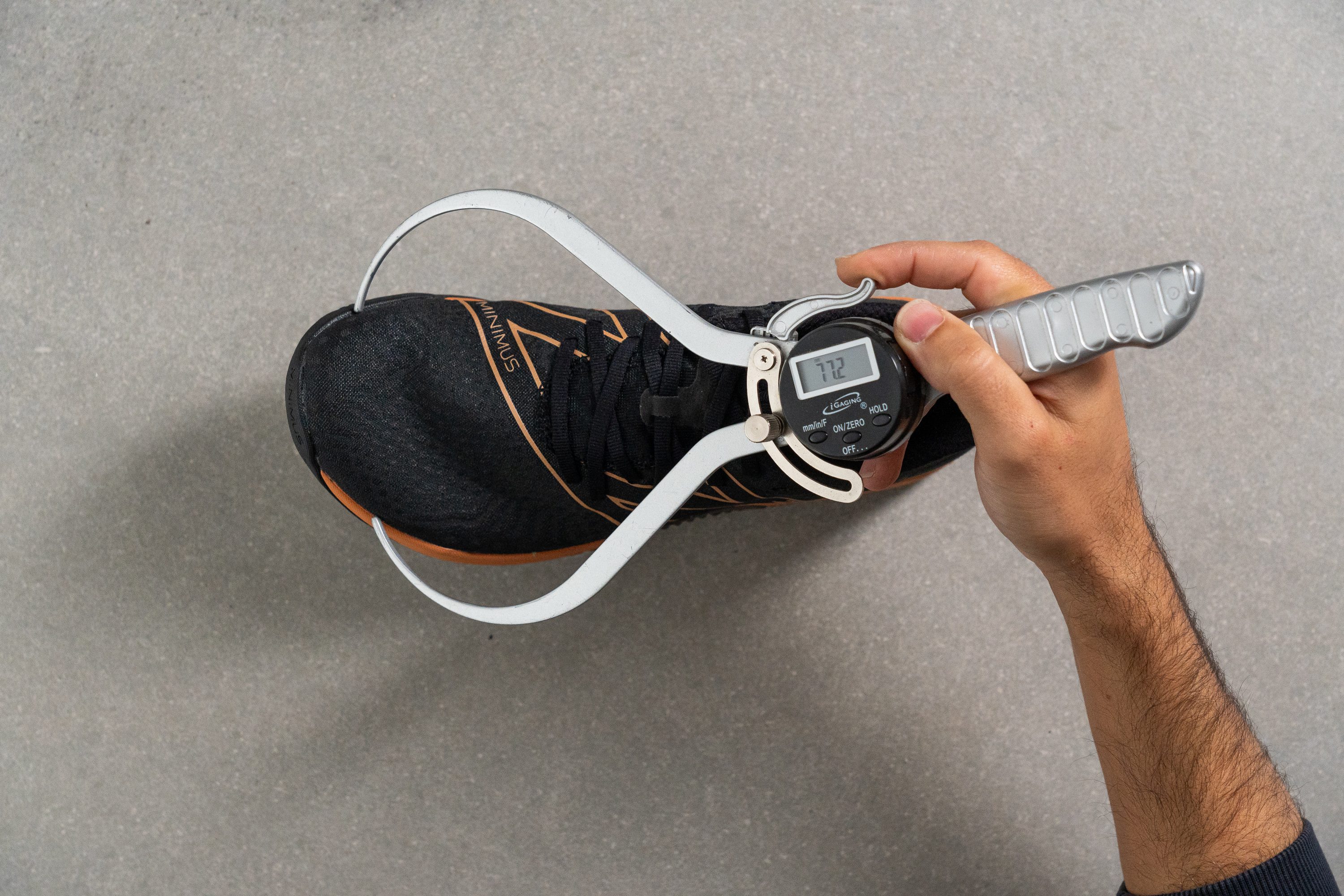
This shoe follows methodology 1.7. It has been replaced with methodology 1.8 (the 'gel test') on more recently updated shoes. Results from the two methodologies cannot be directly compared, which is why you don't see recently tested shoes in the chart below.
| Minimus TR | 77.2 mm |
| Average | 78.8 mm |
Flexibility / Stiffness
True to its being a minimal trainer, the Minimus TR is insanely flexible. We learned that it only needed 6.8N of force to be able to do a 90-degree. This number is much MUCH lower than the 19.5N that a typical trainer would need!
We could say that this shoe moved with us and went wherever we wanted it to go. Resistance is surely not in its vocabulary. We thoroughly enjoyed the freedom of movement after trying so many stiff trainers that don't even bend properly for us to get into plank!
This shoe follows methodology 1.7. It has been replaced with methodology 1.8 (the 'gel test') on more recently updated shoes. Results from the two methodologies cannot be directly compared, which is why you don't see recently tested shoes in the chart below.
| Minimus TR | 6.8N |
| Average | 17.8N |
Weight
This New Balance Minimus TR felt insanely lightweight during our test workouts. Our in-lab scale reported the weight of a size 9 to be 7.3 ounces (207.0 grams), making this New Balance trainer 34% lighter than average!

Running and jumping were so easy to execute because of this shoe's barely-there feel. There were even moments when we forgot about this shoe's toastiness because of how light it felt on our feet!
| Minimus TR | 7.3 oz (207g) |
| Average | 10.8 oz (305g) |
Breathability
The Minimus TR probably works best in air conditioned gyms; they are just too hot (literally!) to be used elsewhere!
A closer look using our microscope a tightly woven material in the toebox.

Just by looking at it, we could really tell that there is NO WAY for air to pass through.

Even light found it hard to pass through the upper material. This shoe got us feeling hot hot hot!
There were no redeeming factors, and this shoe just got 1 out of 5, the lowest that we can give, for ventilation.
The Reebok Nano X3 will be able to provide a much airier and more comfortable workout experience.
| Minimus TR | 1 |
| Average | 3.6 |
Stability
Lateral stability test
When it came to lateral stability, we did not encounter any problems with the Minimus TR from New Balance as long as we kept the intensity level of the exercises light to moderate. This trainer has sturdy sidewalls to keep our feet in place.
Torsional rigidity
Our worries about the softness of the outsole were solidified when we did the torsional rigidity test on the New Balance Minimus TR. Because of the softness of its base, the shoe did not show much resistance when we gave it a good manual twist in the lab.
Having this type of flexibility allows for a more barefoot feel. Together with the shoe's lightness, it reinforces the overall barely-there feel of the shoe. Doing planks and exercises such as burpees are easier because of this design.
We cannot recommend this type of trainer for heavier and more serious exercises. The Nike Metcon 9 is going to be a better pick.
| Minimus TR | 1 |
| Average | 2.7 |
Heel counter stiffness
The heel counter was not really the stiffest. We felt it bending with our movements, which was good when we wanted to be as flexible as possible to reach certain angles.
However, we have to say that a flimsy heel counter is NOT recommended when lifting weights. The Adidas Powerlift 5 is better suited for such an exercise.
| Minimus TR | 2 |
| Average | 2.7 |
Midsole width - forefoot
At the forefoot, the platform of the Minimus TR is slightly narrower than average at 104.9 mm.
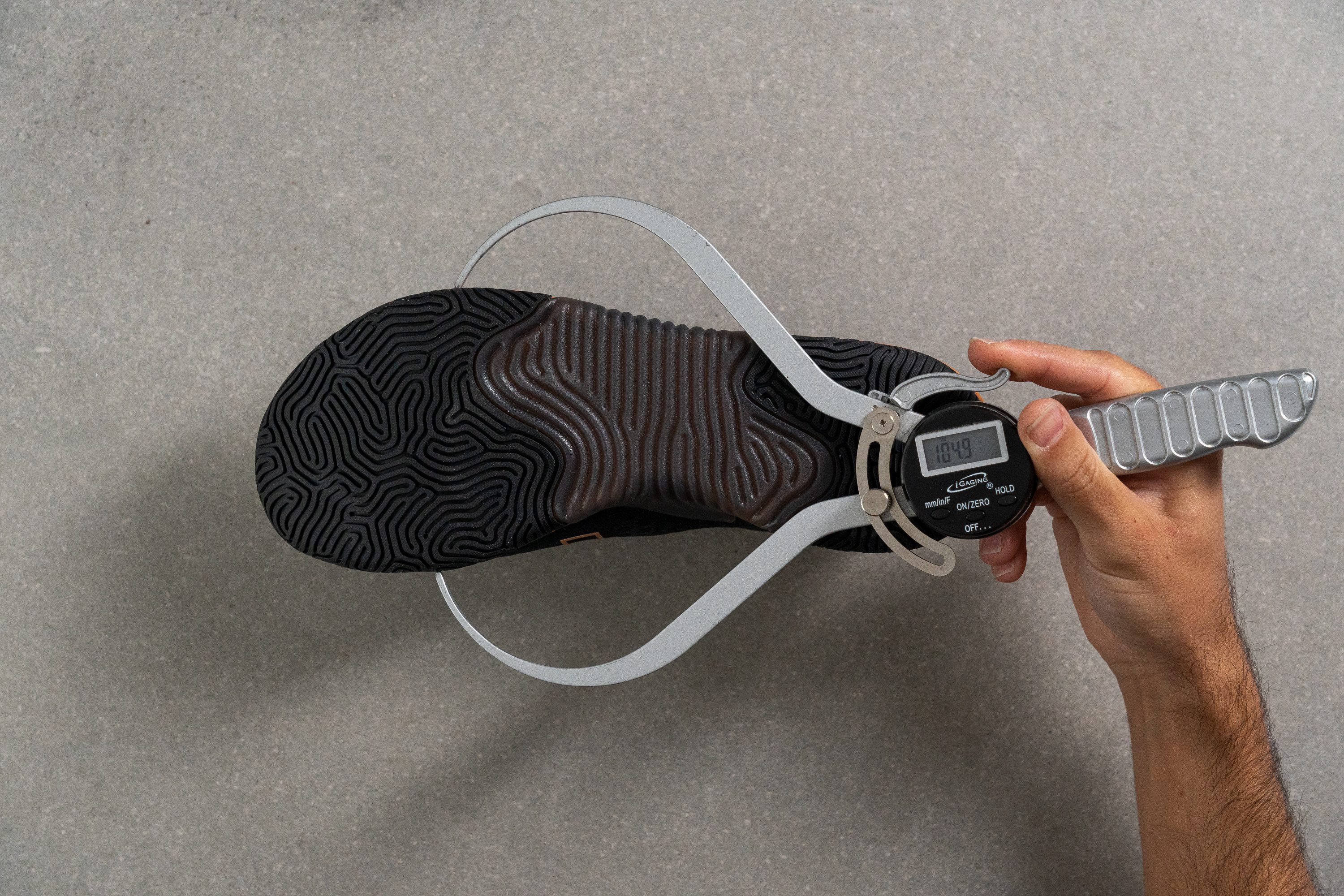
| Minimus TR | 104.9 mm |
| Average | 110.6 mm |
Midsole width - heel
At the heel, however, the amount of the shaved surface area is quite significant. It is only 76.7 mm wide, making it 12% narrower than average. We won't be doing weighted squats while wearing this shoe, that's for sure!
The reduction in the platform width resulted in some stability sacrifices. But it also helped the shoe become one of the lightest trainers out there.

| Minimus TR | 76.7 mm |
| Average | 87.3 mm |
Durability
Toebox durability
Moderately durable. This is how we are going to describe the upper of the New Balance Minimus TR.
Twelve seconds of high-pressure Dremel drilling resulted in a dent that we've also seen in many trainers, leading us to conclude that the material is of average strength at best.
This shoe truly deserves the 3 out of 5 that we gave it for its toebox durability.
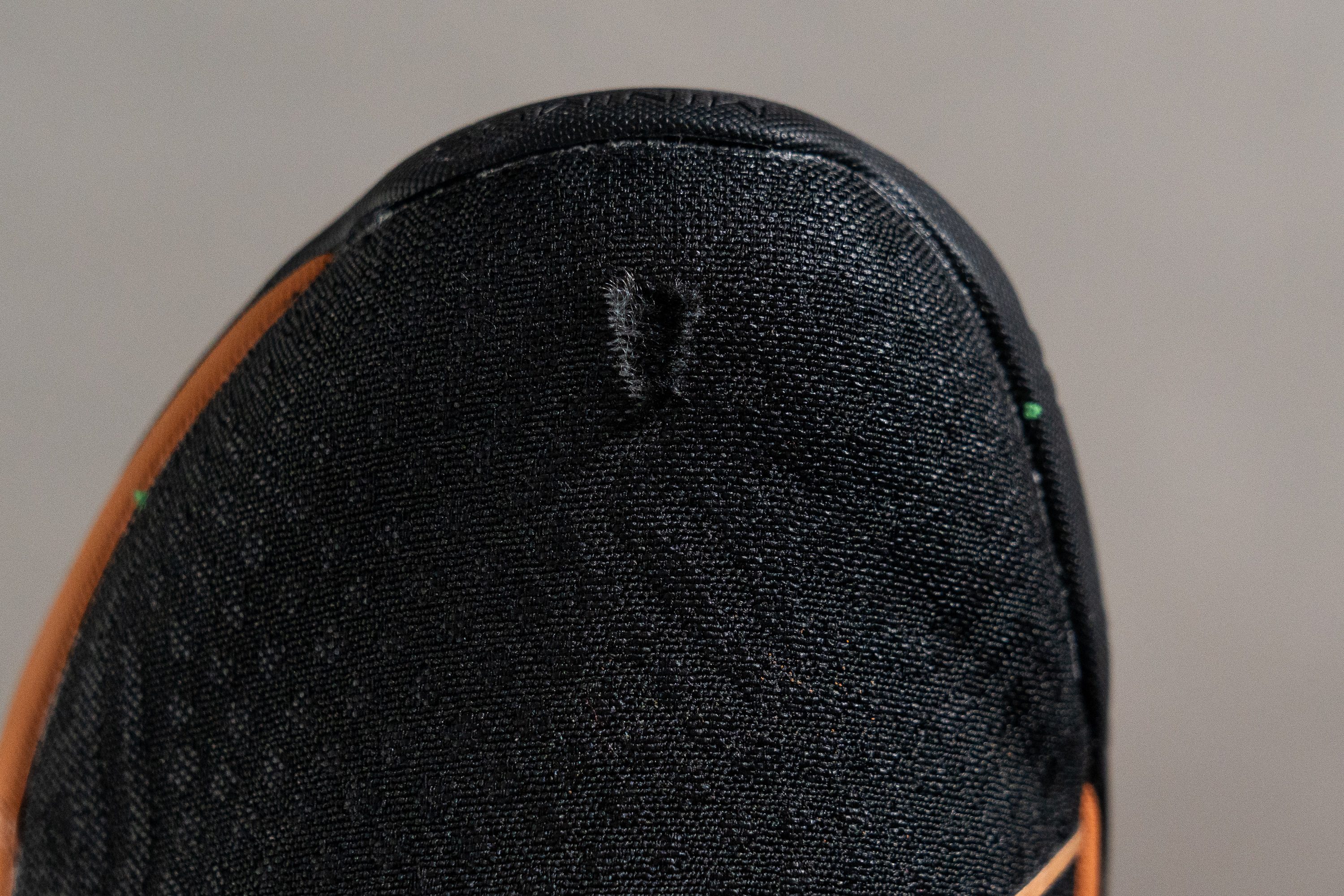
| Minimus TR | 3 |
| Average | 2.5 |
Heel padding durability
The padding in the heel didn't stand a chance to our Dremel drilling. It's a 1 over 5 from us, unfortunately.
Shiftier exercisers are sure to dig into this part of the shoe quickly.
| Minimus TR | 1 |
| Average | 2.5 |
Outsole hardness
Our HC durometer rated the outsole a 71.3, which is far lower than the average. This result further solidifies our recommendation to use this shoe only in indoor gyms.
The roughness of outdoor surfaces might be too abrasive for the soft rubber.
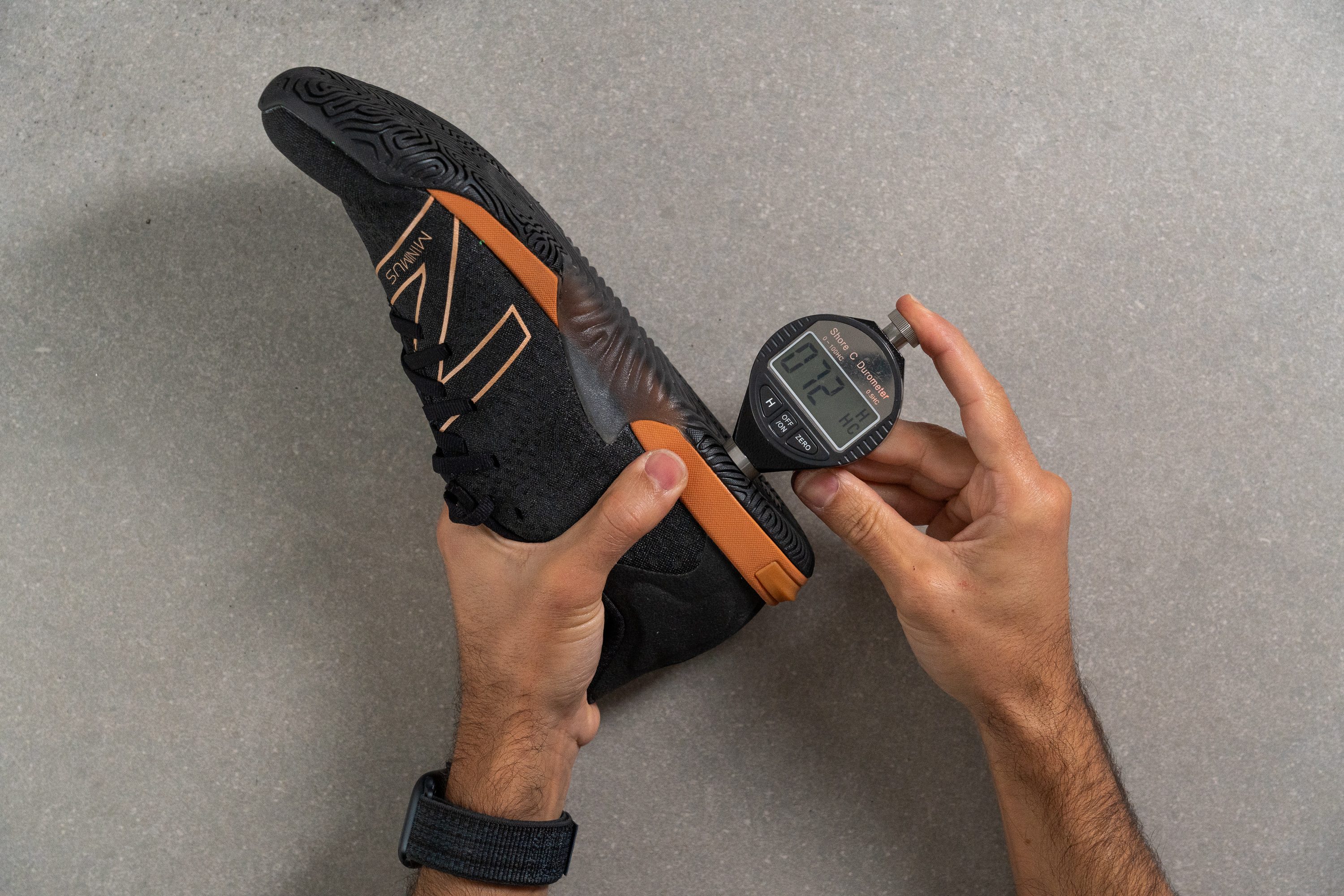
| Minimus TR | 71.3 HC |
| Average | 83.0 HC |
Outsole durability
Even if it was soft, the outsole performed just like the typical trainer when it comes to abrasion.
Just like the upper, the outsole seemed to have only the typical durability. It incurred 1.2 mm of damage after our high-pressure Dremel drilling in the lab.
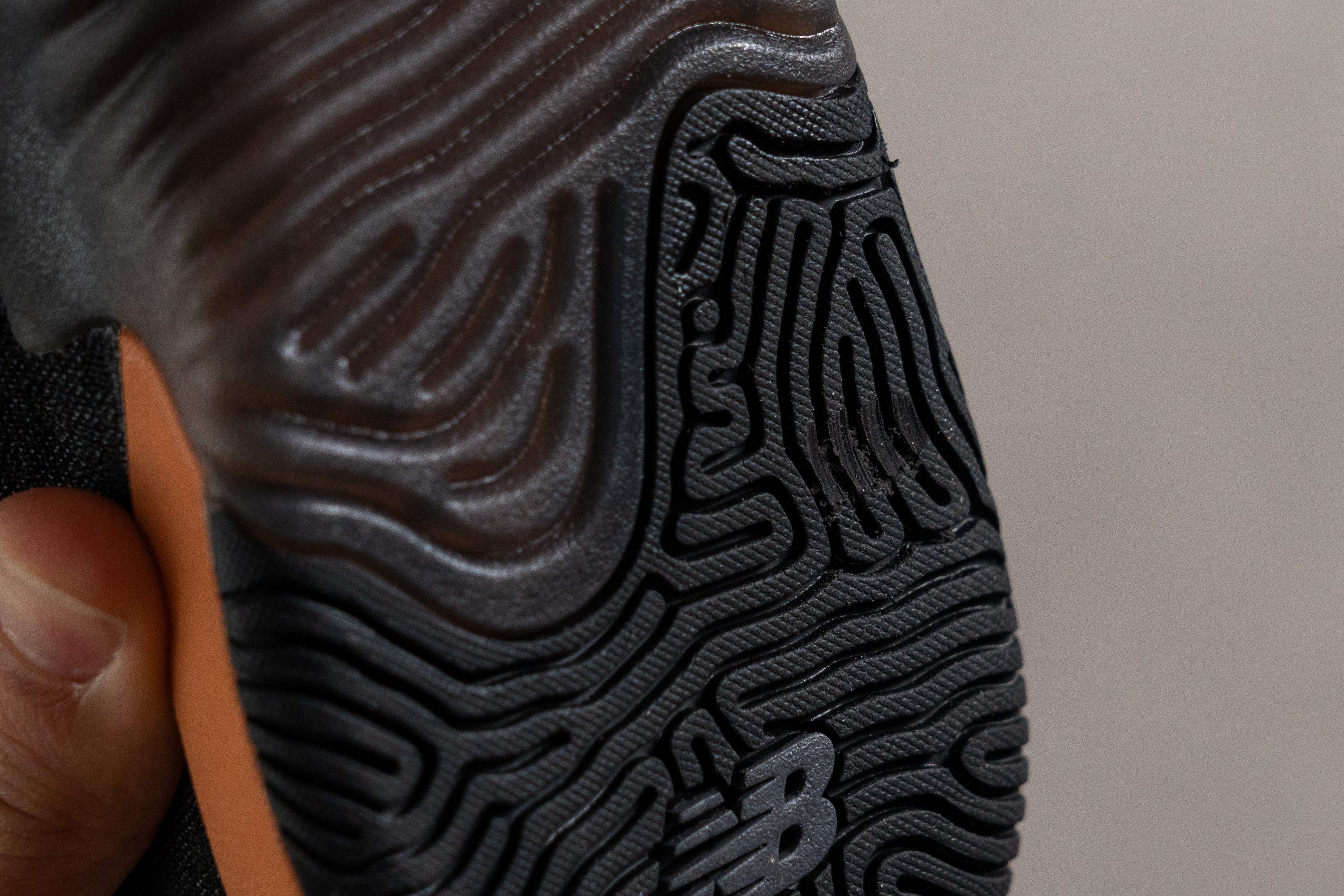
| Minimus TR | 1.2 mm |
| Average | 1.1 mm |
Outsole thickness
Our caliper in the lab measured the outsole to be 4.1 mm thick. This figure is just around the average.
The sole's average thickness and durability would have made this shoe suitable for occasional outdoor use. However, the outsole's softness raises concerns regarding its capacity to weather the abrasiveness of rough surfaces.
If outdoor usage cannot be avoided, it's best to keep it within even, debris-free floors.
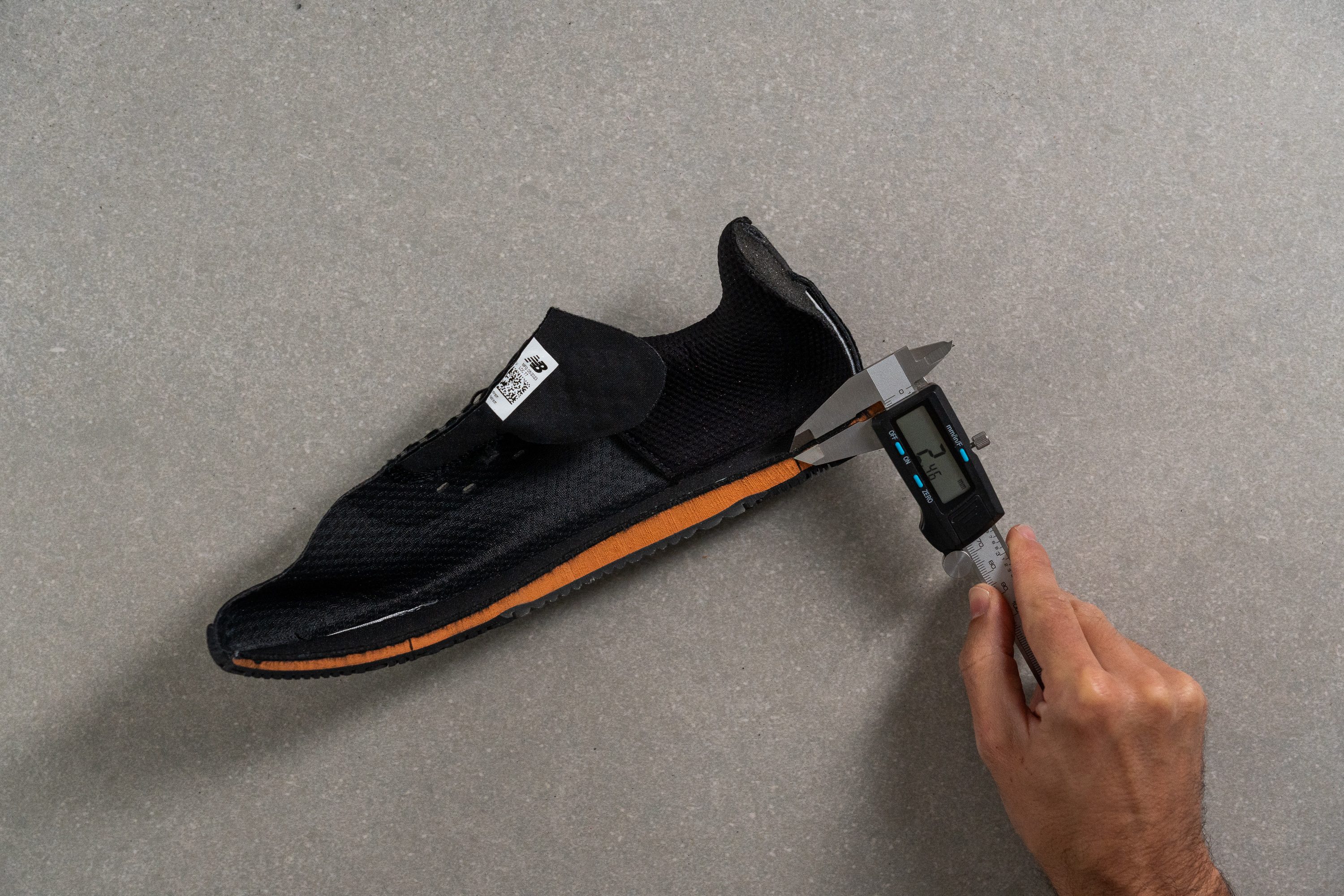
| Minimus TR | 4.1 mm |
| Average | 3.6 mm |
Misc
Insole thickness
Just like the midsole, the soft insole of the New Balance Minimus TR is also thinner than average. It is only 2.5 mm thick.
But does it provide the necessary comfort and impact protection? Absolutely!
| Minimus TR | 2.5 mm |
| Average | 3.9 mm |
Removable insole
Just like many training shoes, the New Balance Minimus TR has a removable insole.
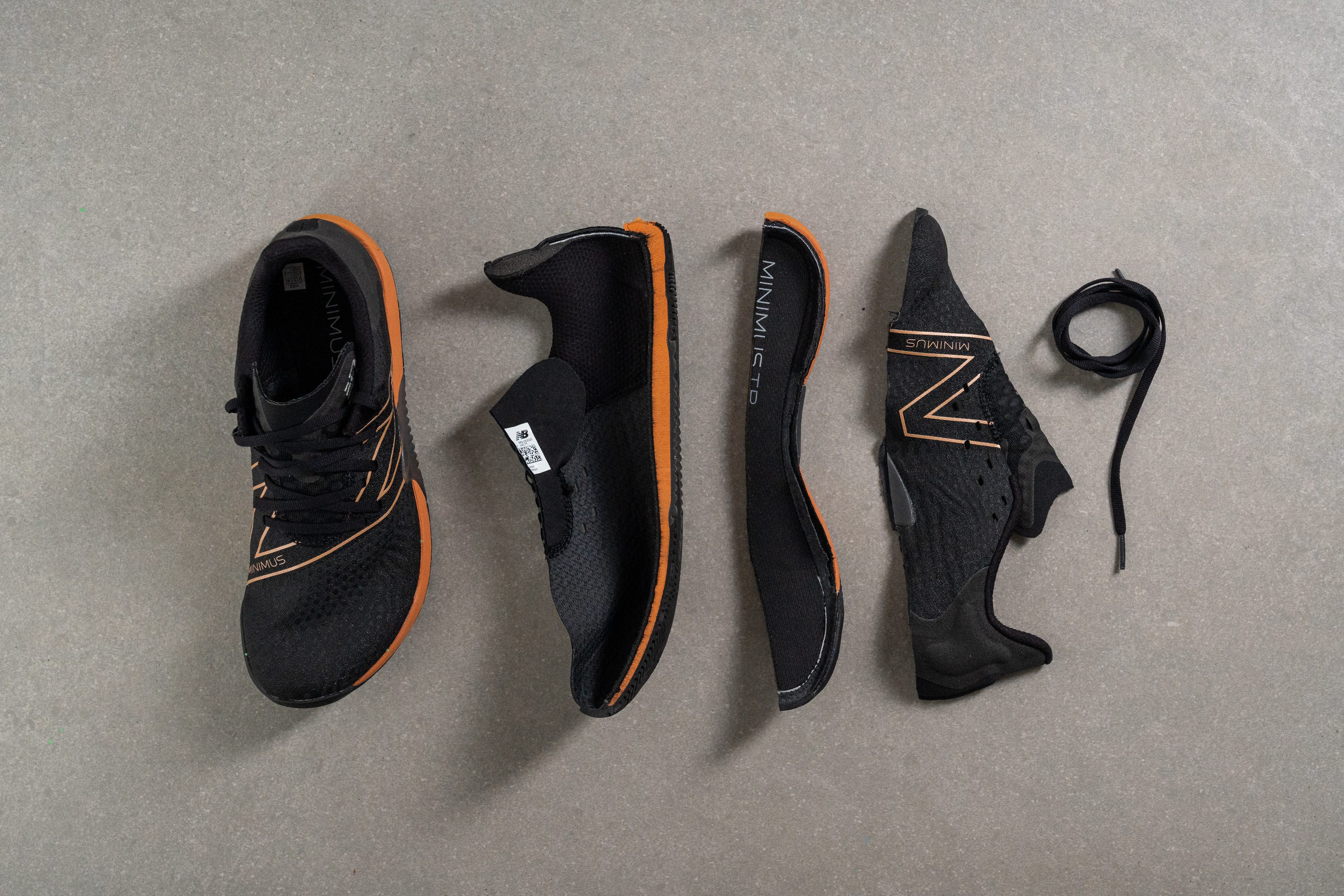
| Minimus TR | No |
Tongue padding
As expected, the tongue does not have a lot of padding. Yet, it was enough to deliver the comfort that we needed.
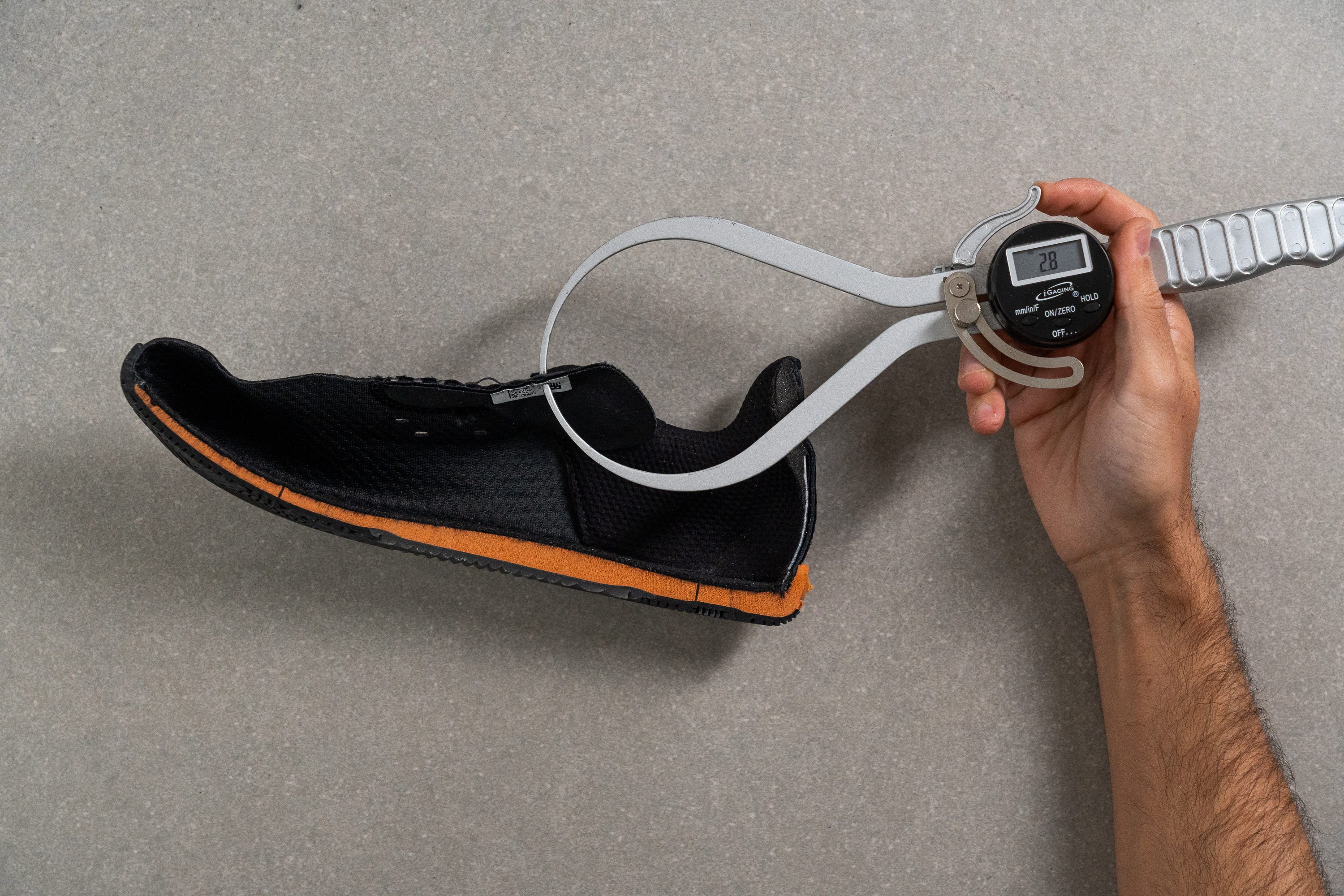
| Minimus TR | 2.8 mm |
| Average | 5.4 mm |
Heel tab
The Minimus TR does not have any heel tab but there is no need to worry because we didn't have any issues putting it on or taking it off.
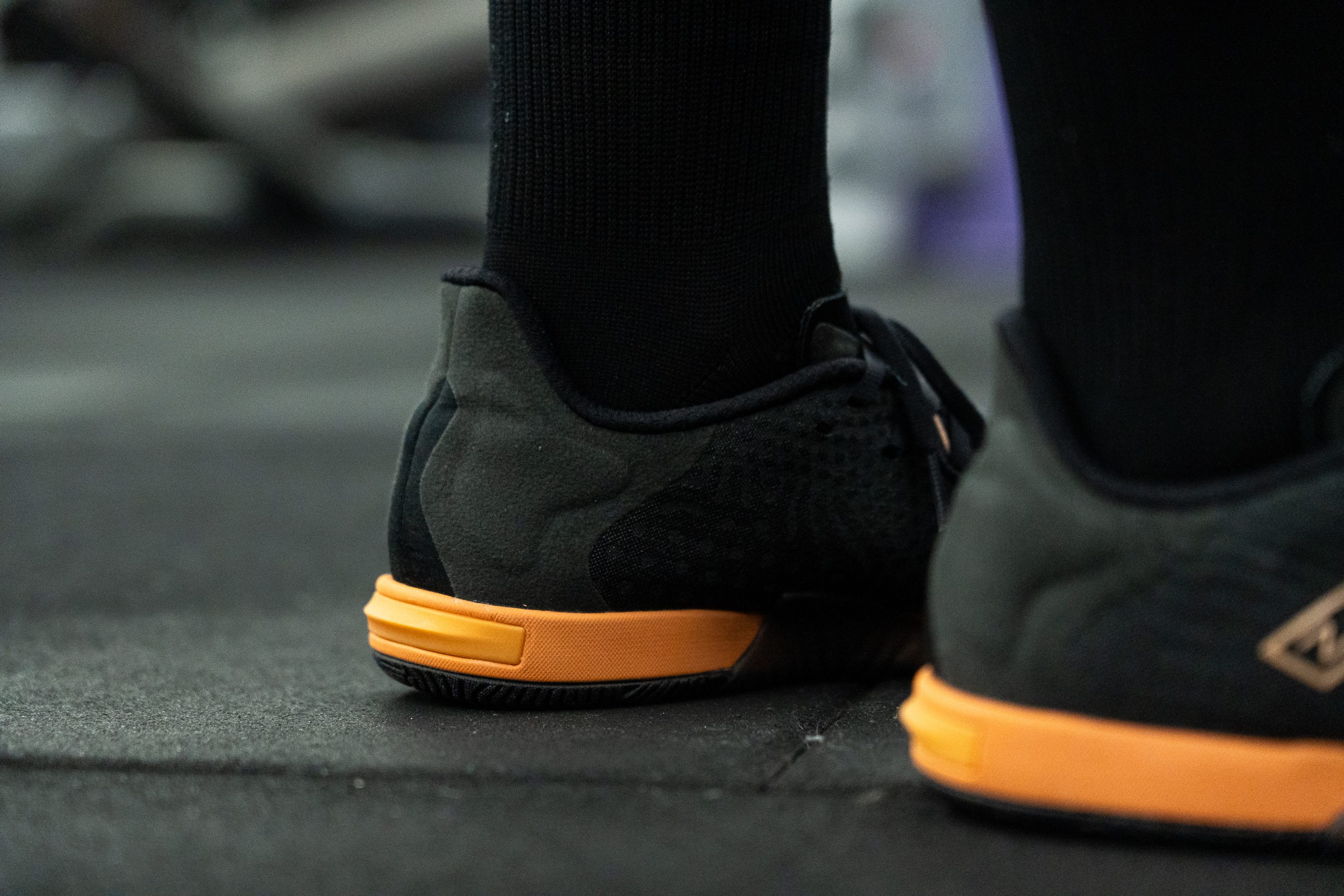
| Minimus TR | None |
Tongue: gusset type
The non-gusseted design of the NB Minimus TR gave it maximum flexibility. It was easy for us to perform exercises such as burpees and mountain climbers that rely heavily on midfoot flexibility.
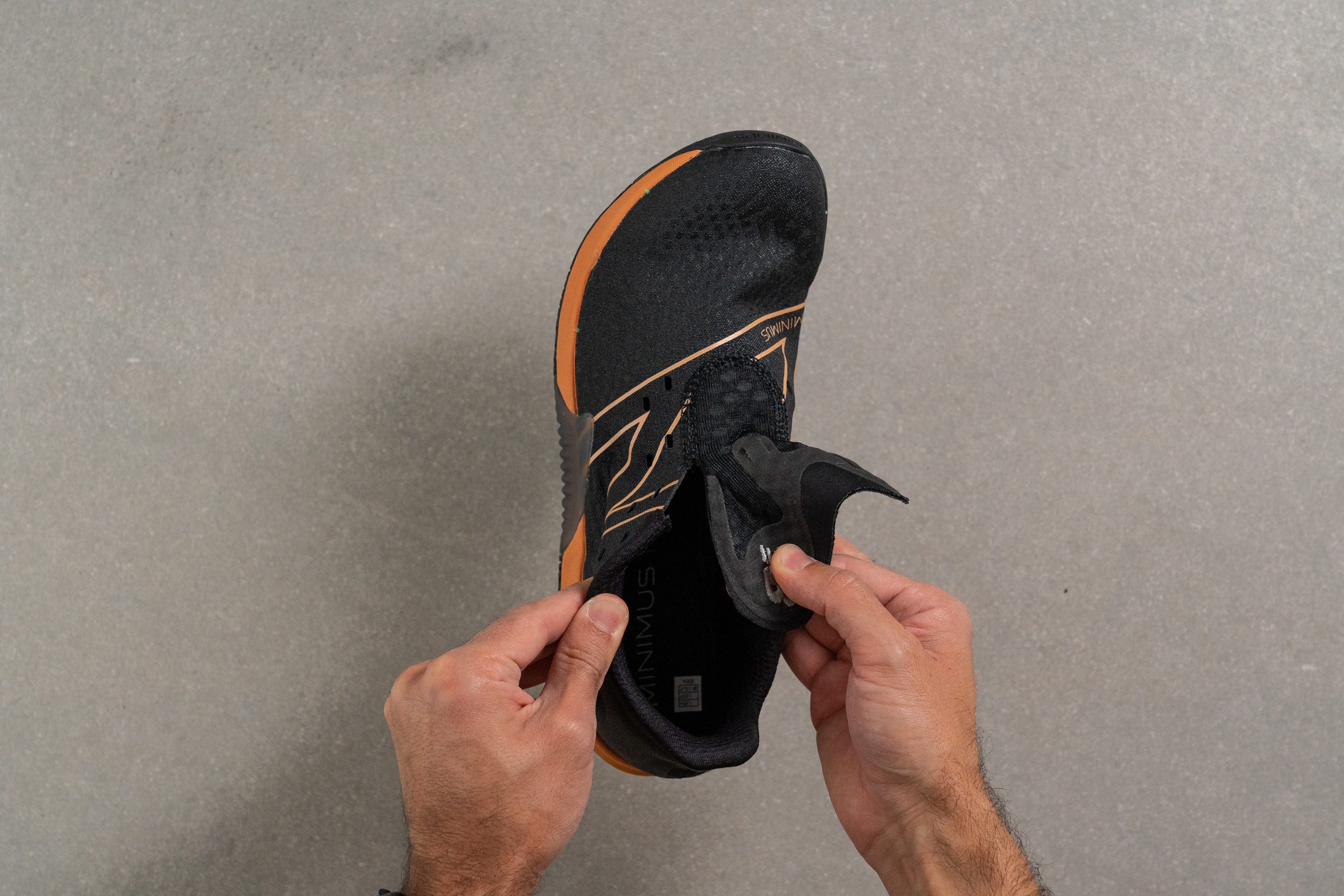
| Minimus TR | None |
